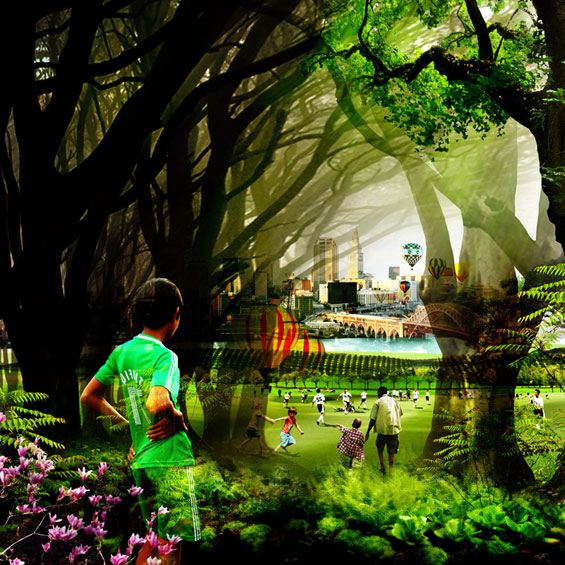
At its economic and political height during the mid-20th century, Cleveland, Ohio had a population of nearly 1 million people and was building and investing in infrastructure and civic projects for projected growth that would double this population before the turn of the century. Instead, the industrial economy quickly evaporated and the population declined by more than half its 1950s high (approx. 396,000 in 2010), leaving a vast swath of post-industrial land at the city’s geographic center.
Recultivating the Forest City from Playhou.se on Vimeo.
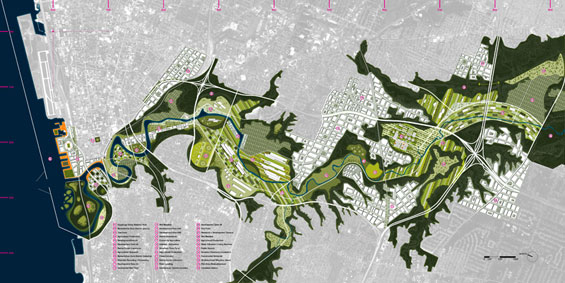
Re-Cultivating the Forest City looks to leverage a highly modified natural system subjugated by various formats of anthropogenic occupancy to create an instrument of urban regeneration in the context of an economically and environmentally challenged middle American city.
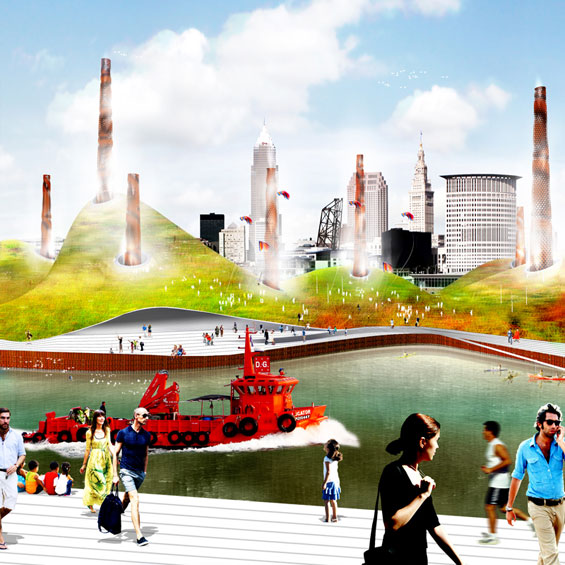
We see the valley’s position at the center of the municipal territory, rather than at its periphery, as a distinguishing characteristic that allows any transformation to have a direct reciprocal impact on the metropolitan core. The interior of this territory is organized by defining nine overlapping land-use categories. These include remediation, recreation, habitat and agriculture,
as well as industry, energy, water and mobility. Each landscape type is not singularly contiguous, but collectively represents an overall approach to defining use, form and character within the lower valley. The intention is to create a highly varied set of adjacencies within theterritory that not only produce a compelling landscape experience within the valley, but that also catalyzes investment in existing areas at the valley’s perimeter.
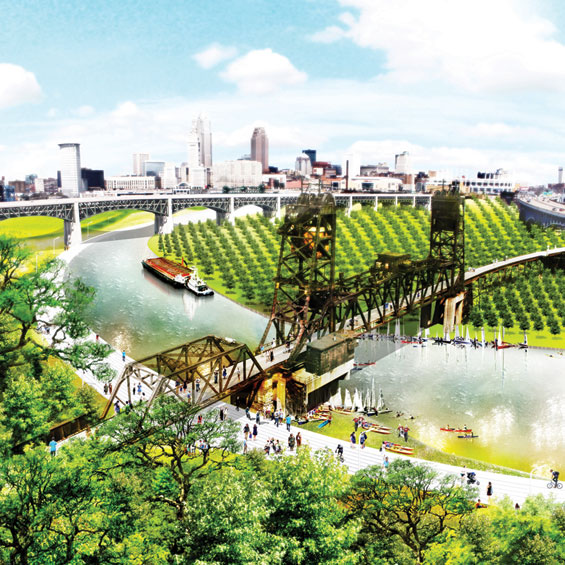
Ultimately, Re-Cultivating the Forest City looks to re-imagine the entirety of the 12,480-acre lower Cuyahoga River Valley by utilizing a strategy of productive re-colonization – combining economic, ecological and social initiatives to enhance and expand the metropolitan value of the river corridor, while simultaneously serving to offer an alternative approach to reorienting the broader economy and urban form of Cleveland.
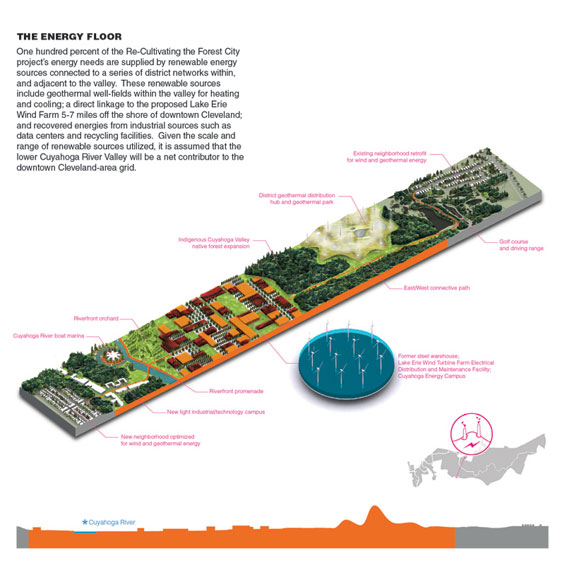
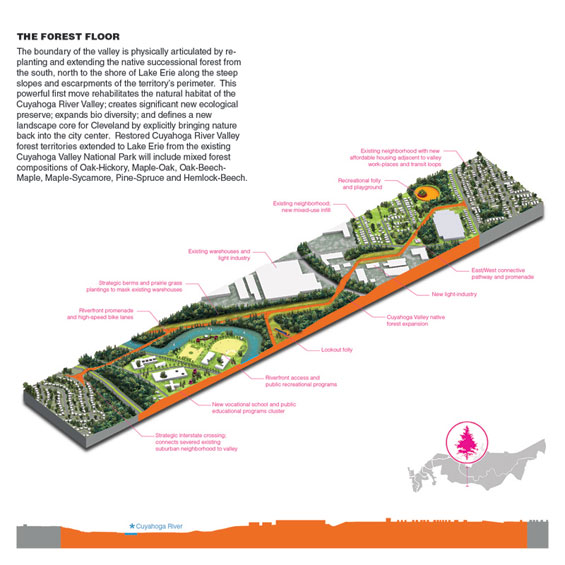
Re-Cultivating the Forest City | Cleveland USA | PORT
PORT Project Team: Christopher Marcinkoski, Andrew Moddrell, Kyle Reynolds, Richie Gelles, Bradford Goetz
Research and Concept Study: Ongoing
Location: The Lower Cuyahoga River Valley, Cleveland, Ohio
Size: 12,480 Acres
IMAGE CREDIT | PORT
VIDEO CREDIT | Playhou.se


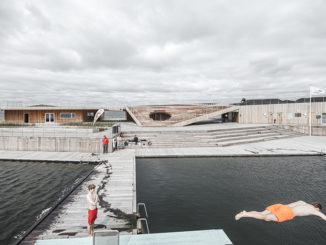
Comments are closed.